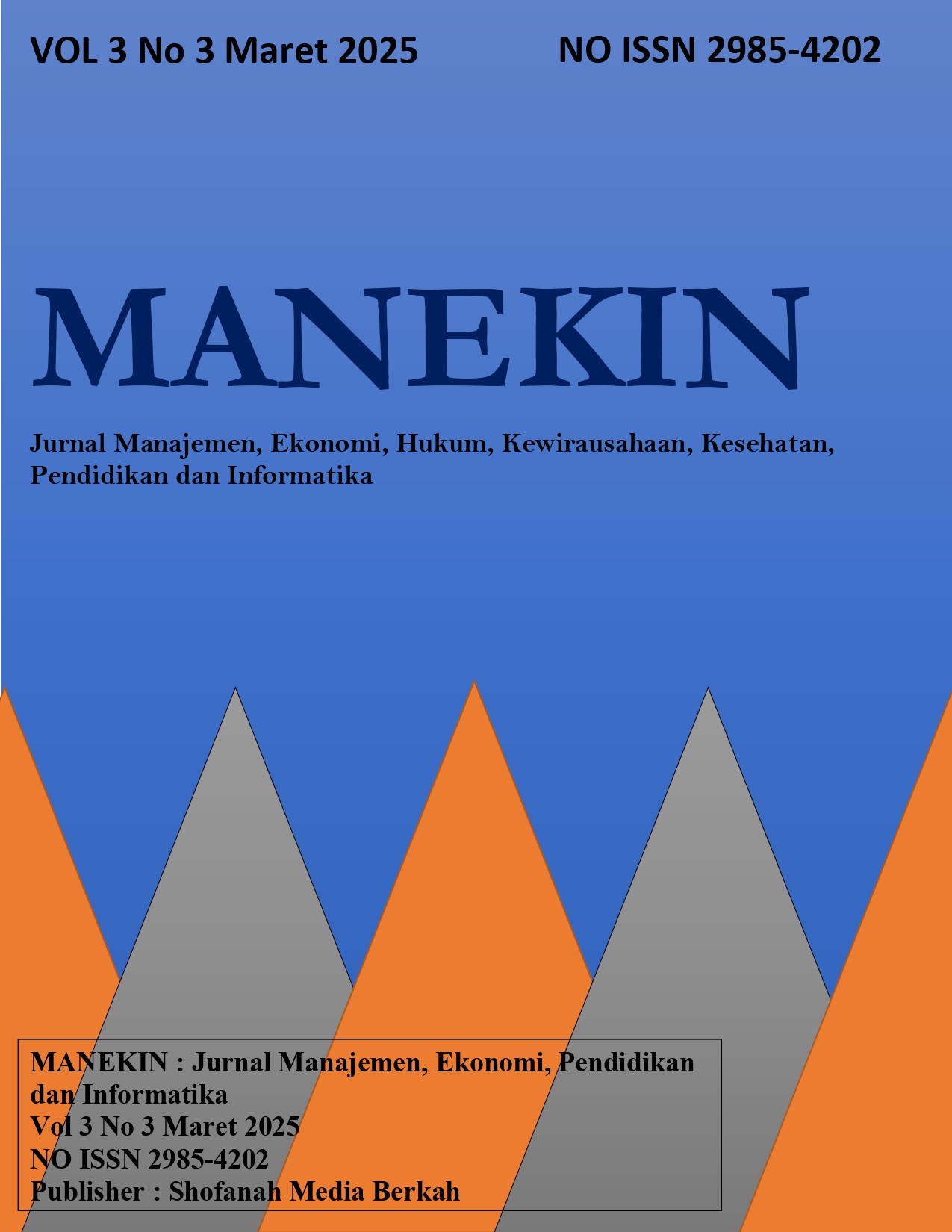Determinasi Cadangan Devisa Di ASEAN: Peran Ekspor, FDI, Nilai Tukar, Dan Inflasi (2018–2022)
Keywords:
Cadangan Devisa, Ekspor, FDI, Nilai Tukar, Inflasi, ASEAN, Regresi Data PanelAbstract
This study aims to analyze the impact of exports, foreign direct investment (FDI), exchange rates, and inflation on foreign exchange reserves in ten ASEAN member countries during the period 2018–2022. A quantitative approach is employed using panel data regression methods, which combine both cross-sectional and time-series dimensions to produce more robust and accurate estimations. Secondary data are sourced from international institutions such as the World Bank and UNCTAD. The Fixed Effect Model (FEM) is selected as the most appropriate analytical model based on the results of Chow and Hausman tests. The estimation results reveal that exports and FDI have a positive and significant effect on foreign exchange reserves, while exchange rates and inflation exert a negative and significant influence. The F-test confirms that all independent variables jointly affect foreign exchange reserves, with an R² value of 82%, indicating that the model explains a substantial portion of the variation in the dependent variable. These findings highlight the importance of enhancing exports and FDI inflows, while maintaining exchange rate stability and controlling inflation to strengthen external economic resilience. This study provides empirical evidence and policy implications relevant for developing countries in navigating global economic volatility.
References
Apridar. (2009). Ekonomi internasional : sejarah, teori, konsep dan permasalahan dalam aplikasinya (1st ed.). Graha Ilmu.
F. H. Noor. (2009). Investasi Pengelolaan Keuangan dan Pengembangan Ekonomi Masyarakat. PT Indeks Jakarta.
Ika Septiana Windi Antari, Muhammad Kholid Al-Zani, & Ilham Antony Saputra. (2023). Analisis Pengaruh Inflasi, Ekspor, Impor, dan Nilai Tukar terhadap Cadangan Devisa Negara. Niqosiya: Journal of Economics and Business Research, 3(2), 247–258. https://doi.org/10.21154/niqosiya.v3i2.2557
Juliansyah, H., Moulida, P., & Apridar, A. (2020). Analisis Faktor-faktor Yang Mempengaruhui Cadangan Devisa Indonesia Bukti (Kointegrasi dan Kausalitas). Jurnal Ekonomi Regional Unimal, 3(2), 32–46.
Khusnatun, L. L., & Hutajulu, D. M. (2021). ANALISIS FAKTOR-FAKTOR YANG MEMPENGARUHI CADANGAN DEVISA INDONESIA. Ekonomi Insentif, 15(2), 79–92. https://doi.org/10.36787/jei.v15i2.583
Krugman, Paul R, & Obstfeld. (2009). International Economics: Theory and Policy (8th ed.). Pearson Education.
Kuswantoro, M. (2017). Analisis Pengaruh Inflasi, Kurs, Utang Luar Negeri Dan Ekspor Terhadap Cadangan Devisa Indonesia. Tirtayasa Ekonomika, 12(1), 146–168.
N. Gregory Mankiw. (2018). Priniciples of Economics.
UNCTAD, W. (2020). World investment report 2020: International production beyond the pandemic. United Nations New York and Geneva.
World Bank. (2025). https://www.worldbank.org/ext/en/home.

















